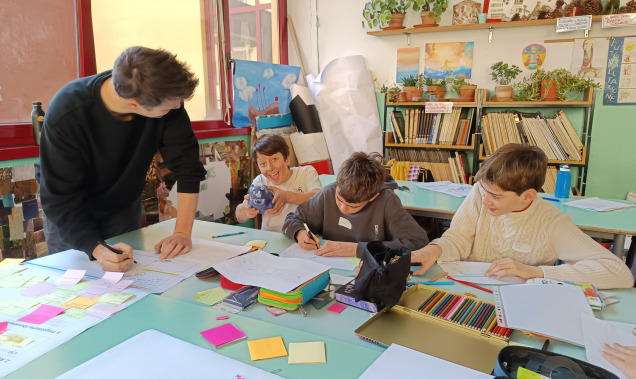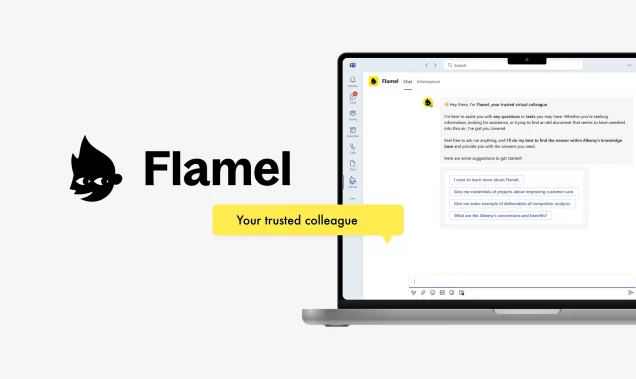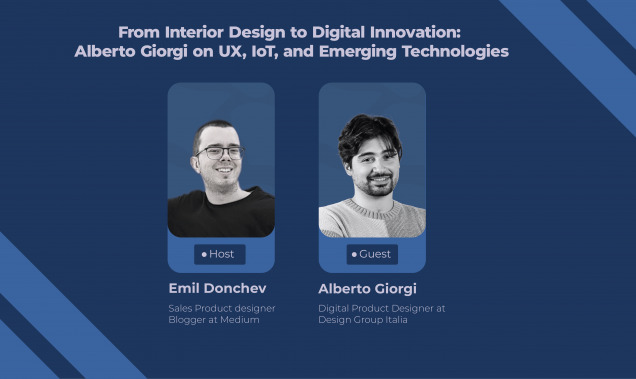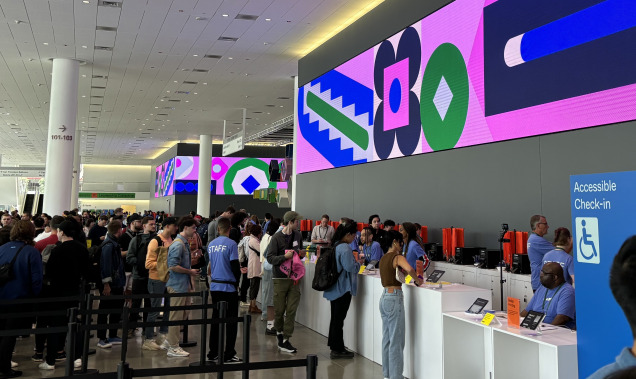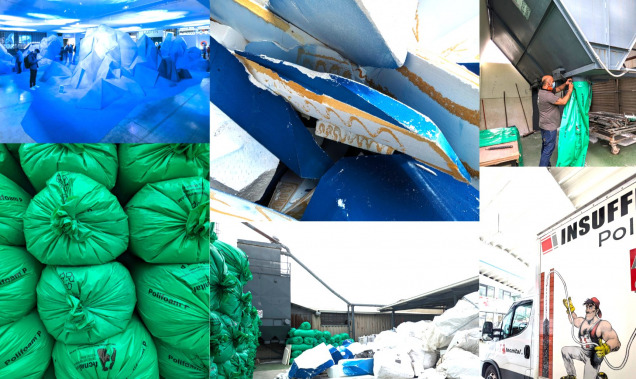Making Things
Our lives may be increasingly digital, but product designers still work on physical things. For a recent project, Lead Designer Mauro Scamporlino and Product Designer Ali Akay retreated to the workshop to build a model by hand.
“Milan used to have a big culture of model making. Giovanni Sacchi (1913-2005), for example, was a master model maker who translated the drawings of Enzo Mari, Ettore Sottsass, and Achille Castiglioni into three-dimensional objects designed for Olivetti, Brionvega, Necchi… all the greatest. We at Design Group Italia worked with Sacchi as well. See this wooden model made by Sacchi for the phone for Rialto (1979), for example. Composed of two separate pieces of wood and painted in red, it is one of my favorites from our archives.
These days, most of our work as product designers is digital. We spend hours in front of the computer 3D modeling and rendering, but the things we design are still physical. So the physical should be an important part of the process, too.
We were recently working on new equipment for professional use for a client. Inspired by the Milanese model making tradition, we headed to our workshop after office hours, equipped with the trusted Italian essentials (red wine, cheese and salami), rolled up our sleeves and started building.
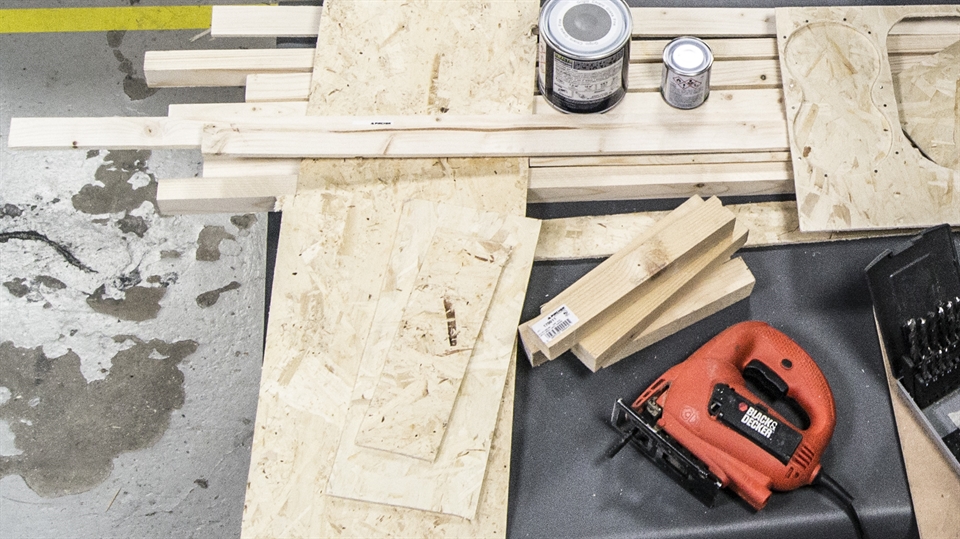
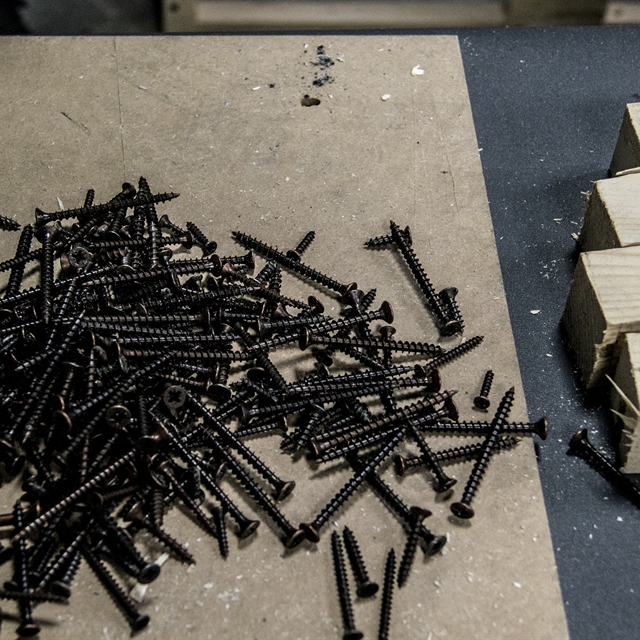
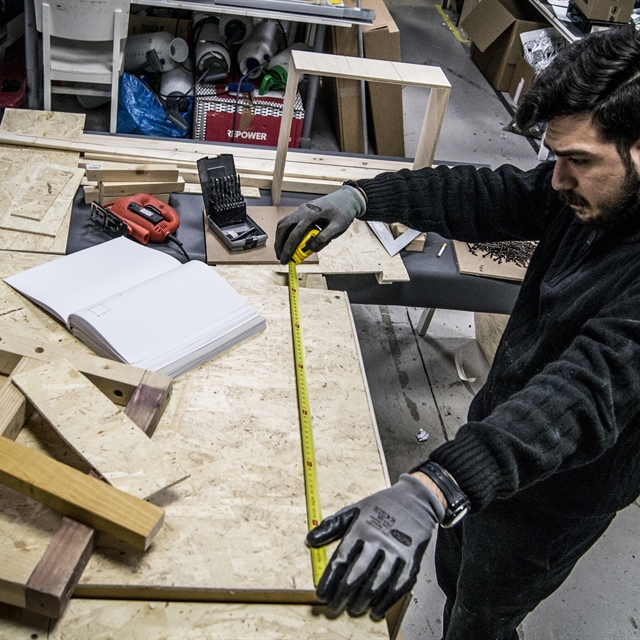
We made a volumetric, ergonomic model from real wood, screws and plywood, instead of the more common, fast foam mock-ups. We started with the wireframe from wood with the overall dimensions, then moved on to clad it, adding details like doors and hinges, step by step.
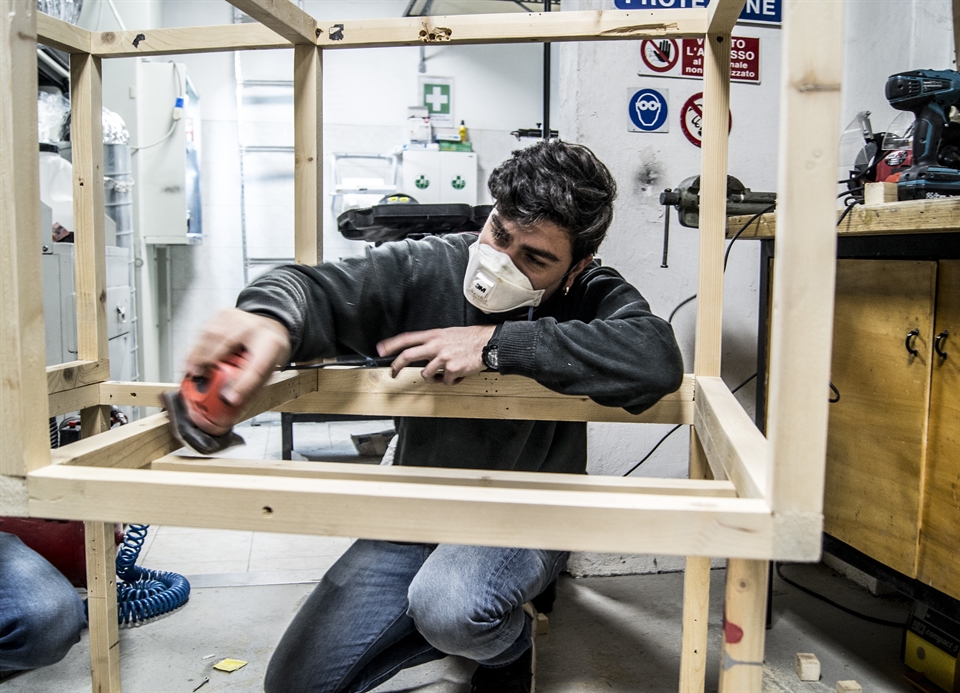
We really enjoyed making things with our own hands as part of the design process. It also felt like going back to the roots. It’s more human to be doing things this way, somehow.
Our work is always user-centered. We strive to anticipate the needs of the final users and to solve their problems. The model we built gave us a real feel of using the equipment that we were designing. Interacting with the real-sized thing gives a better understanding of the proportions and the usability than a 3D model on the screen ever will. After building the prototype, we returned back to our drawings, making various fine tunings.
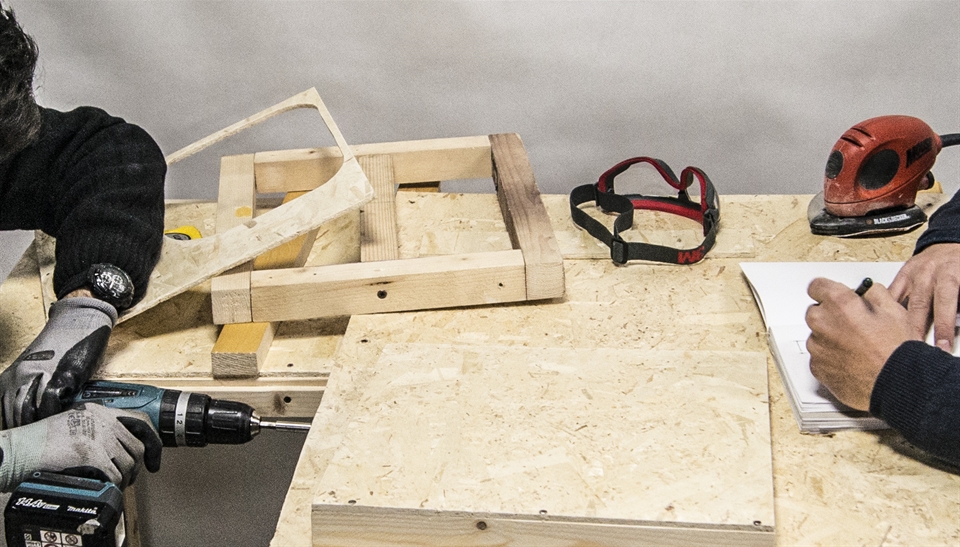
The model is rough, and the worse it looks the better, really. If the model looks great, it is asking the wrong question. The questions we were trying to ask were about the usage, and any fancy finishings or shiny materials would only have been additional stimuli, which we wanted to avoid.
A minimum viable product (MVP) is a product with just enough features to satisfy the customers, nothing more. The goal is to test the hypothesis with minimum investment and effort, accelerate learning and build a base for future products. What we did here is like a minimum viable prototype. The approach is scientific: test one thing and that thing only, keeping all other conditions the same. We were interested in getting closer to the core essence of the user.
In Hollywood, the work on a movie always starts with script writing. If that part is done right, the movie will be a success. If the script is weak, it doesn’t matter how many millions you pour into special effects. To continue the allegory, we wanted to get our story right instead of making an empty blockbuster.
We showed our creation to the client too. Instead of the usual slides, they actually got to touch and play with a real-size model. It was great to see them interact with it, and the questions that they asked helped us forward in our work.
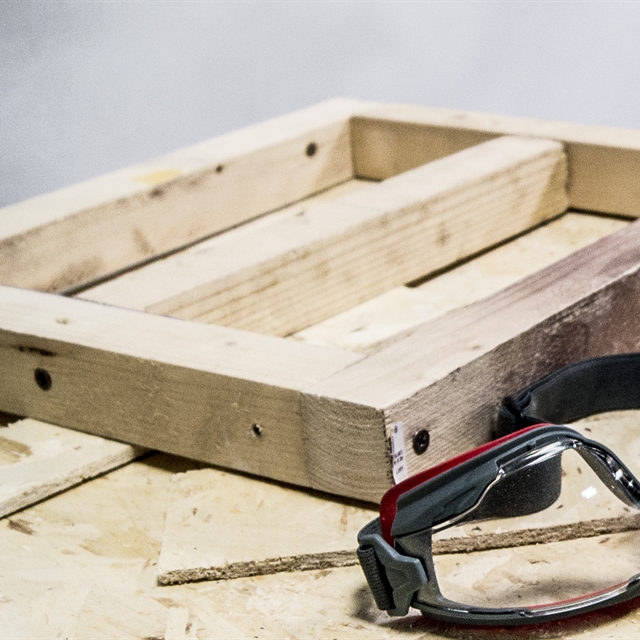
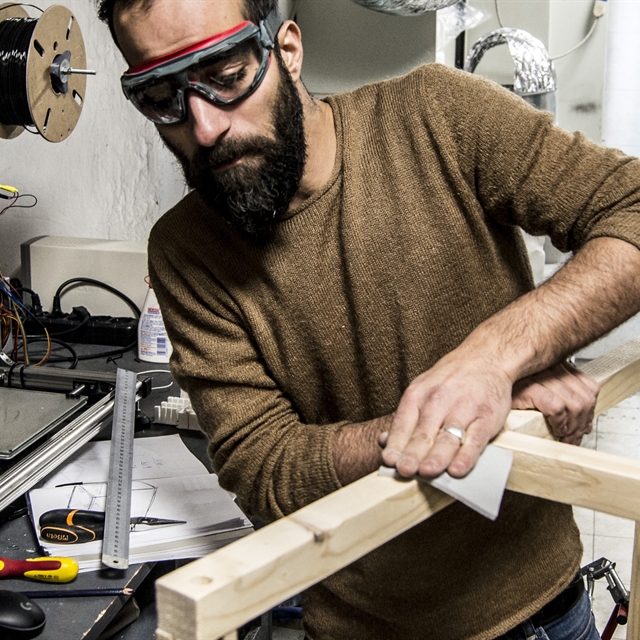
Mauro has this Suzuki GS that he fixes at the workshop sometimes. He is really good at making things. Part of what we did also has to do with learning in the traditional way of the master and the apprentice. You learn how to do things and how to solve problems from a colleague with more experience.
There is a new generation of young designers that have never stepped into the workshop. We think that it is important that the know-how passes on from one professional to another, that these skills don’t disappear. We think that this is all part of the job of a designer—to not just render on the screen but to actually still know how to make things. The magic lies in the combination of physical and digital.”
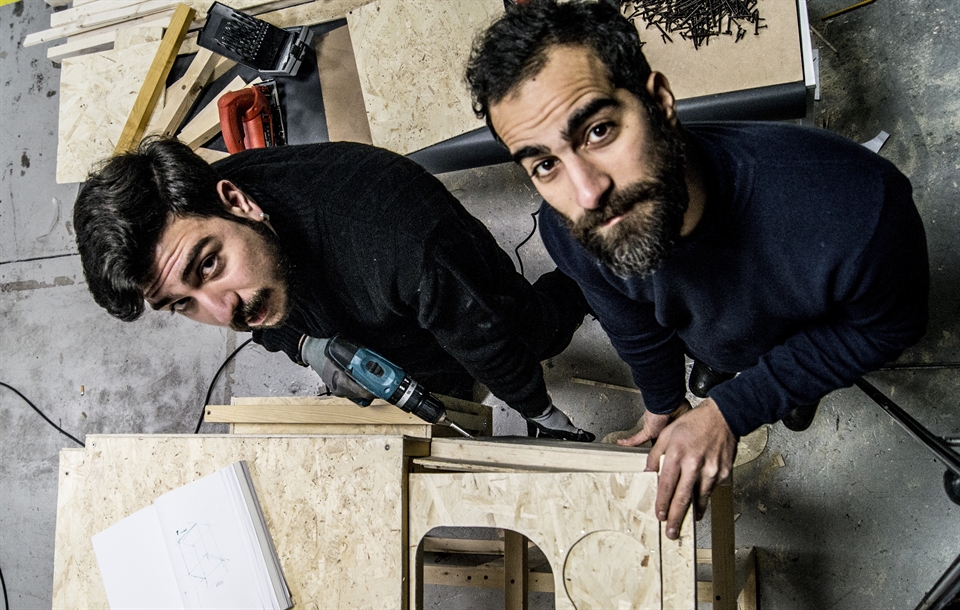
As told by Mauro Scamporlino, Ali Akay, and Peter Newbould
Photography by Vania Viscardi
